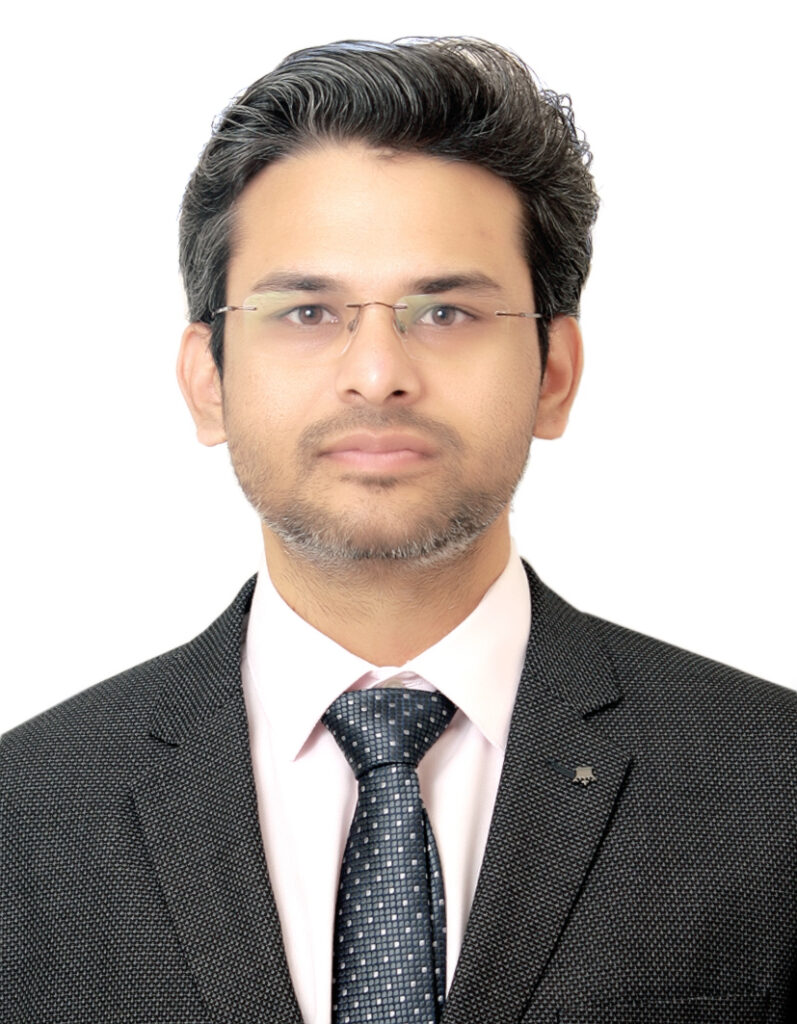Fat grafting
Fat grafting
Welcome to the transformative world of fat grafting, where your body’s own " liquid gold" can turn back the hands of time. In the rejuvenating procedure of fat grafting, we harvest excess fat from one area and skillfully transfer it to enhance and restore volume in another. This natural approach not only adds youthful contours but also harnesses the regenerative power of your own adipose tissue, creating a personalized and lasting radiance. Step into a future where your body becomes the artist, sculpting a more vibrant and refreshed version of you. It’s important to note that individual experiences may differ, and consulting with a qualified healthcare professional is essential to determine the most suitable approach for each patient.
Quick Links:
What are the indications for Fat grafting?
Fat grafting is commonly used to address various aesthetic concerns, including:
- Facial volume loss.
- Wrinkles and fine lines.
- Hollowed areas around the eyes or cheeks.
- Acne or injury-related facial deformities.
Who is suitable candidate for Fat grafting?
Ideal candidates for fat grafting are individuals who:
- Desire facial rejuvenation without undergoing invasive surgery.
- Have areas of the face that have lost volume or developed wrinkles.
- Have sufficient donor fat for harvesting.
Is fat grafting an office procedure?
Fat grafting is often performed as an outpatient procedure in a surgeon's office or an outpatient surgical facility. The use of local anaesthesia or topical anaesthesia minimizes discomfort during the procedure.
What can be expected during consultation and fat grafting procedure?
- Consultation: The process begins with a consultation with a qualified plastic surgeon. During this consultation, the patient's goals and expectations are discussed, and the surgeon evaluates whether fat grafting is a suitable option.
- Preparation: On the day of the procedure, the patient's face and the donor site(where fat will be harvested) are cleaned, and the areas may be marked for precision.
- Topical Anaesthesia: Topical anesthesia, in the form of numbing cream or gel, is applied to the areas where fat will be harvested and injected. This helps in reducing pain and discomfort during the procedure.
- Harvesting: Fat is typically harvested from areas with excess fat, such as the abdomen, thighs, or buttocks. The surgeon uses a gentle liposuction technique to extract the fat.
- Processing: The harvested fat is processed to remove impurities and excess fluids, leaving behind purified fat cells.
- Injection: The purified fat is then injected into specific areas of the face to enhance volume, fill in wrinkles, and improve overall facial rejuvenation.
FAQ's
Patients are typically provided with post-procedure care instructions, which may include:
- Avoiding strenuous activities for a certain period.
- Applying cold compresses to reduce swelling.
- Taking prescribed medications for pain or to prevent infection.
The outcome of fat grafting can vary, but many patients experience a natural-looking improvement in facial volume and contours. Some initial swelling and bruising are common but subside over time. The transplanted fat establishes a blood supply and becomes a long-term part of the facial tissues.
The longevity of results varies, but some of the transferred fat usually persists permanently. However, additional touch-up sessions may be recommended over time to maintain optimal results.

